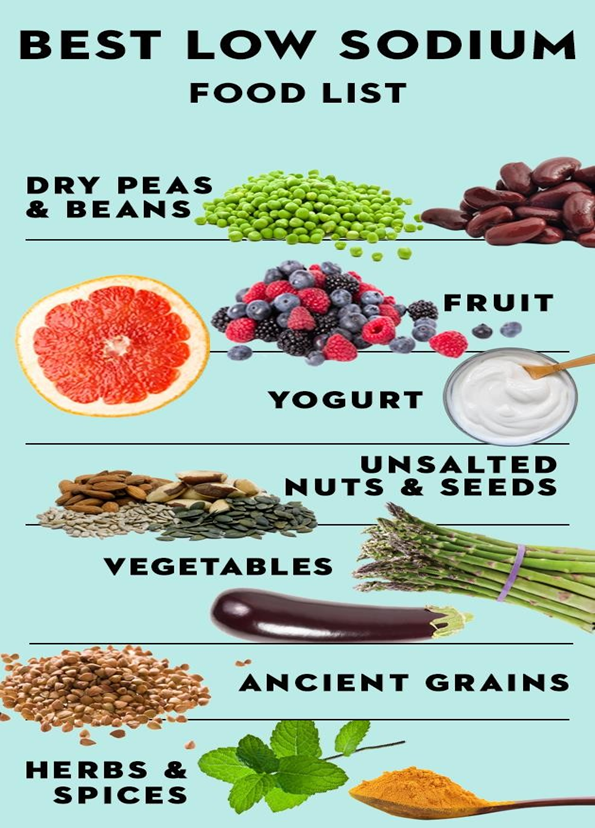The nurse is administering a client's medications through a feeding tube. One of the medications is an enteric-coated tablet. Which action would be best for the nurse to take?
Insert a portion of the tablet into the tube and apply gentle pressure.
Consult with the pharmacist about a liquid form of the medication
Dissolve the medication in sterile water and use gravity to administer.
Crush the medication and dilute with water before pouring into the tube.
The Correct Answer is B
A. Inserting a portion of the tablet into the tube and applying gentle pressure may not ensure proper dissolution, potentially leading to clogging or incomplete administration.
B. Consulting with the pharmacist about a liquid form of the medication is the best course of action. Enteric-coated tablets are formulated to release the medication in the small intestine, and crushing or dissolving them can alter their effectiveness or cause irritation.
C. Dissolving the medication in sterile water and using gravity to administer may not adequately address the enteric coating, risking medication inefficacy or irritation.
D. Crushing the medication and diluting it with water before pouring into the tube is not recommended for enteric-coated tablets, as it may compromise their effectiveness and lead to adverse effects.
Nursing Test Bank
Naxlex Comprehensive Predictor Exams
Related Questions
Correct Answer is C
Explanation
A. Broccoli. Broccoli is a low-sodium vegetable and is a good choice for a low-sodium diet.
B. Ground sirloin. While not completely free of sodium, fresh meat like ground sirloin has relatively low sodium content compared to processed or cured meats.
C. Cottage cheese. Cottage cheese is high in sodium, especially processed varieties, and should be limited on a low-sodium diet.
D. Bananas. Bananas are very low in sodium and are safe for a low-sodium diet.
Correct Answer is B
Explanation
A. Macaroni and cheese. Macaroni and cheese can be high in sodium, especially if it's prepared from a boxed mix or includes processed cheese. It is not typically recommended for a low- sodium diet.
B. Turkey salad sandwich. Turkey is a lean protein, and a salad sandwich can be made with low- sodium ingredients such as whole-grain bread, fresh vegetables, and low-sodium mayonnaise or mustard.

C. Bacon, lettuce, and tomato sandwich. Bacon is high in sodium and not suitable for a low- sodium diet. Other ingredients in the sandwich may also contribute to sodium intake, depending on their preparation.
D. Clam chowder. Clam chowder is often high in sodium due to the use of clam juice and added salt in the broth. It is not recommended for a low-sodium diet.
Whether you are a student looking to ace your exams or a practicing nurse seeking to enhance your expertise , our nursing education contents will empower you with the confidence and competence to make a difference in the lives of patients and become a respected leader in the healthcare field.
Visit Naxlex, invest in your future and unlock endless possibilities with our unparalleled nursing education contents today
Report Wrong Answer on the Current Question
Do you disagree with the answer? If yes, what is your expected answer? Explain.
Kindly be descriptive with the issue you are facing.
